- ओस बिंदु मीटर
- गैस विश्लेषक
- पोर्टेबल गैस डिटेक्टर
- नमी और ओस बिंदु विश्लेषक
- धूल मॉनिटर
- गैस निगरानी प्रणाली
- गैस रिसाव डिटेक्टर
- गैस ट्रांसमीटर
- वीओसी लीक डिटेक्टर
- वायु गुणवत्ता निगरानी प्रणाली
- ऑनलाइन सतत उत्सर्जन निगरानी प्रणाली-ओसीईएमएस
- ओस प्वाइंट मॉनिटर्स
- गैस डिटेक्टर
- अपारदर्शिता मॉनिटर
- पोर्टेबल फ़्लू गैस विश्लेषक
- ऑनलाइन एसओएक्स और एनओएक्स गैस विश्लेषक
- मीथेन गैस रिसाव डिटेक्टर
- हाइड्रोजन शुद्धता विश्लेषक
- गैस शुद्धता विश्लेषक
- प्रवाह निगरानी प्रणाली
- निर्माता गैस विश्लेषक
- गैस डिटेक्टर अंशांकन सेवा
- पोर्टेबल गैस मॉनिटर्स
- गैस सेंसर ट्रांसमीटर
TRACE OXYGEN GAS ANALYZER
425000 आईएनआर/Number
उत्पाद विवरण:
- तापमान सेल्सियस (oC)
- नमी 0-95% RH
- उपयोग Industrial
- बिजली की आपूर्ति Electric
- रंग Grey
- वोल्टेज वोल्ट (v)
- मटेरियल Aluminium
- अधिक देखने के लिए क्लिक करें
X
मूल्य और मात्रा
- 1
उत्पाद की विशेषताएं
- Aluminium
- Industrial
- Electric
- Grey
- वोल्ट (v)
- 0-95% RH
- सेल्सियस (oC)
उत्पाद वर्णन
Measurement Parameters
- Oxygen Range: 0.1 ppm to 25% (depending on application requirements)
- Resolution: Down to 0.01 ppm for high-precision applications
- Accuracy: ±1-2% of reading or ±0.1 ppm, whichever is greater
- Response Time: 10-30 seconds to reach 90% of final reading
2. Sensor Type
- Electrochemical Sensor: Common for low-ppm detection
- Zirconium Oxide Sensor: Used for wide dynamic range and high-temperature tolerance
- Laser-Based Technology (TDLAS): For rapid, interference-free measurement (optional in some high-precision models)
3. Physical and Environmental Specifications
- Operating Temperature: Typically 0C to 45C (some models support higher ranges)
- Storage Temperature: -20C to 60C
- Relative Humidity: 0-95% RH, non-condensing
- Pressure Range: Often operates up to ±1 bar (some models can handle high-pressure applications)
4. Display and Interface
- Display: LCD or touchscreen with backlighting for easy reading
- Data Logging: Stores up to thousands of measurement points; may support external storage (e.g., SD card)
- Output Signals: 4-20 mA analog output, MODBUS, RS-232/485 digital output
- Alarms: Adjustable high/low alarm setpoints with visual and audio notifications
5. Power and Battery
- Power Supply: 100-240 VAC or 24 VDC options
- Battery Backup: Available in portable models, typically up to 8-10 hours
6. Calibration and Maintenance
- Calibration: Typically factory-calibrated, with periodic calibration recommended (intervals vary based on model)
- Calibration Gas: Requires certified trace oxygen calibration gases (0.1-10 ppm O in N or other mixtures)
- Maintenance: Minimal, with annual or biannual sensor checks or replacement for electrochemical sensors
7. Certification and Compliance
- Compliance Standards: ISO, ASTM, or specific industry standards for trace oxygen measurement
- Safety Ratings: ATEX, IECEx, or other certifications for operation in hazardous environments (optional)
- Environmental Standards: Designed to meet regulatory requirements for industries like pharmaceutical, petrochemical, and semiconductor
These specifications cover the basics, though specific models can vary depending on application needs, sensitivity, and environmental conditions.
Tell us about your requirement

Price: Â
Quantity
Select Unit
- 50
- 100
- 200
- 250
- 500
- 1000+
Additional detail
मोबाइल number
Email

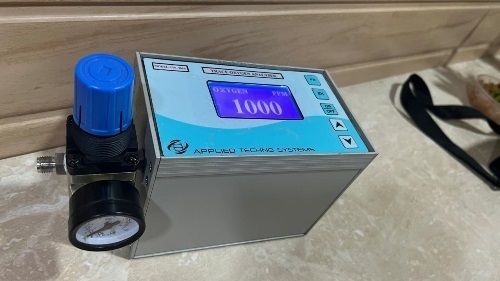
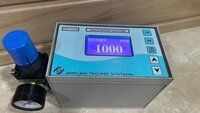
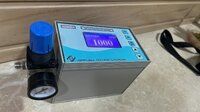



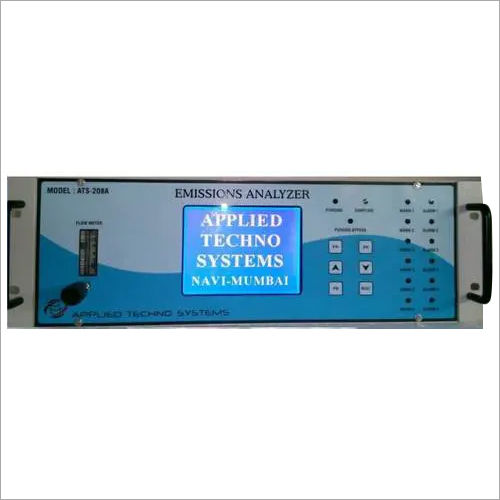
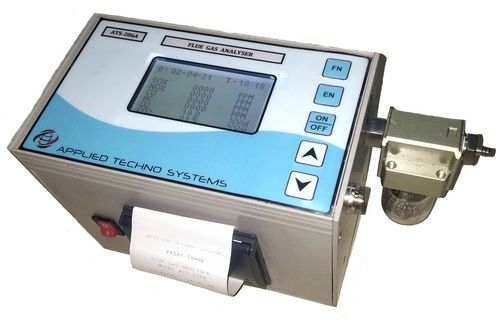
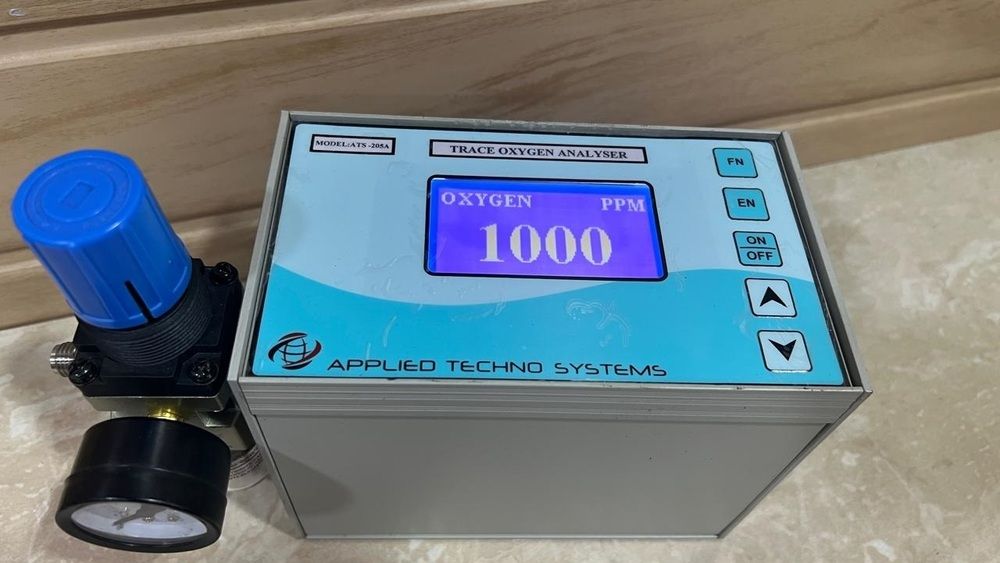


 English
English Spanish
Spanish French
French German
German Italian
Italian Chinese (Simplified)
Chinese (Simplified) Japanese
Japanese Korean
Korean Arabic
Arabic Portuguese
Portuguese